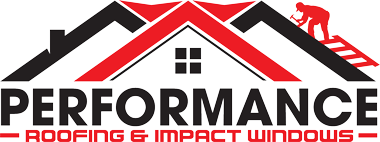- By rocco
- Uncategorized
- 0 Comment
Liquid-Applied Roofing & Waterproofing Systems
What Are Liquid-Applied Roofing Products?
Types of Liquid-Applied Systems
**Acrylic Coatings:**
Water-based and UV-resistant, acrylic coatings are ideal for roof restoration projects on metal or modified bitumen roofs. They’re highly reflective, which helps reduce cooling costs, but are less flexible in ponding water conditions.
**Silicone Coatings:**
Silicone is ideal for areas with frequent ponding water. It’s highly durable, UV-stable, and chemically resistant. It can be applied over existing roof systems with minimal prep and offers strong adhesion to many surfaces.
**Polyurethane Coatings:**
Polyurethane systems are solvent-based and offer excellent impact resistance. They perform well in high-traffic areas such as walk decks or service roofs. Available in single- or multi-component formats.
**Asphalt Emulsion & Roofing Cement:**
Asphalt-based coatings and mastics are often used for spot repairs, flashing tie-ins, or as a base layer in restoration systems. Roofing cement is thick and ideal for sealing around vents, pipes, or patched areas. It is not UV-stable without a protective coating or granules.
Full Roof Systems vs. Repairs
- **Full Restoration/Overlay:** These systems are applied over an entire roof — often a flat or low-slope roof — to extend life without a full tear-off. This process may include cleaning, reinforcing fabric, base coats, and topcoats.
- **Spot Repairs:** Ideal for sealing penetrations, patching cracks, or protecting flashings. These products are often used in conjunction with other roofing systems to extend life or stop specific leaks.
Waterproofing Applications
Liquid-applied membranes are also used for:
- **Balconies and Terraces**
- **Foundation Walls**
- **Roof Decks and Planters**
- **Retaining Walls and Below-Grade Structures**
Advantages of Liquid-Applied Systems
- Seamless and monolithic — no laps or joints
- Conforms to irregular shapes, flashings, and penetrations
- Lower installation impact compared to tear-off
- Highly reflective (depending on formulation)
- Can be recoated for ongoing maintenance
- Some qualify for manufacturer warranties when installed as systems
Limitations & Considerations
- Surface prep is critical for adhesion
- Weather-dependent installation (dry, moderate temps)
- Not all products are compatible with every substrate
- May require multiple coats and curing time
- Ponding water tolerance varies by product (acrylic vs. silicone)

